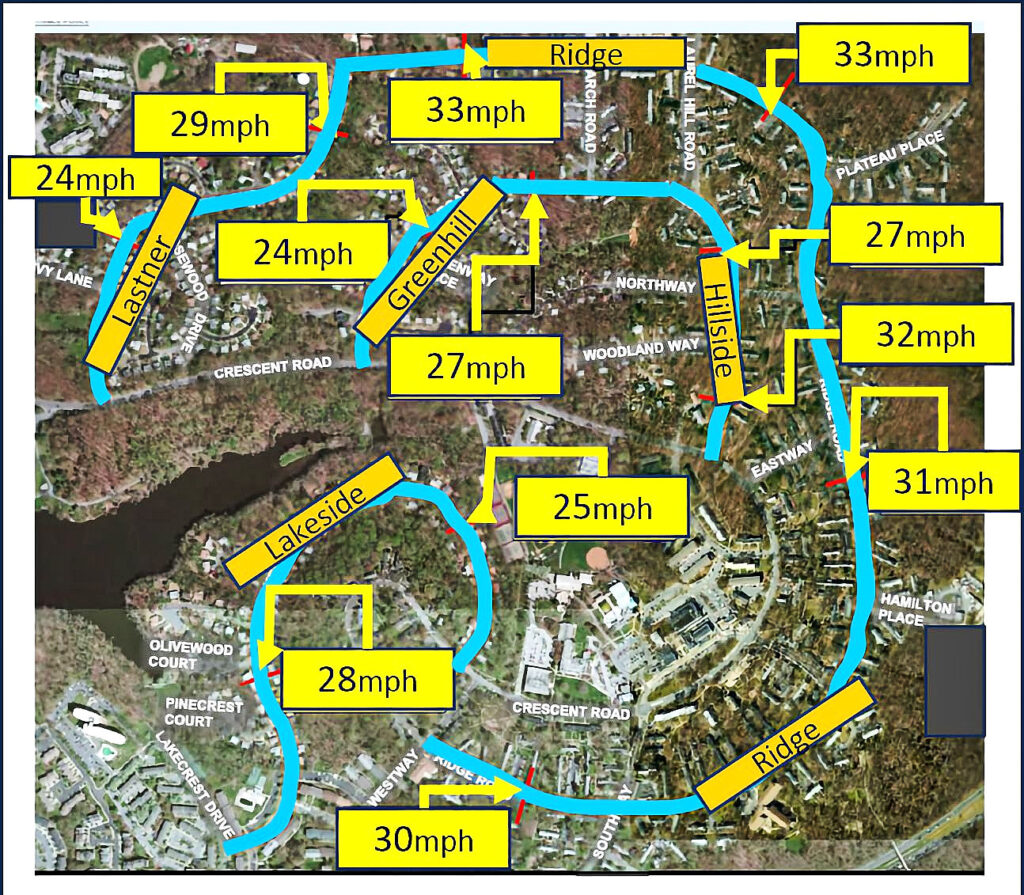In your recent travels around the Greenbelt Homes Inc. (GHI) housing cooperative, you may have noticed coin-size metal markers attached to some trees. (This reporter has one in the holly tree in the yard at his unit.) You may have even asked the questions:
1. Are these markers condo numbers for the resident squirrels, or are they
2. Some sort of latter-day Hansel and Gretel bread crumbs?
Actually, the answer is “none of the above.” Those markers are identifications of trees in the GHI Tree Marker Program.
The markers are used for identification and maintenance of larger trees that are next to homes, common areas or woodland areas. The criteria are that the tree should be at least 12 inches in diameter at breast height (dbh). This is a common measurement standard in the forestry industry and, in the United States, breast height is usually defined as 4.5 feet. The tree should also be within 75 feet of a building in GHI or park area owned by the City of Greenbelt.
GHI has contracted Rebecca Feldberg, a self-employed arborist from Baltimore, to identify and mark these trees. The contractor uses a specialty tape measure – a dbh tape – to measure the circumference. The tape has increments on it to tell the user the tree’s diameter, even though they’re measuring the circumference.
For each tree identified, the arborist collects information such as the address of the nearest residence, service side or garden side, type of tree (oak, poplar, etc.), its condition (which is done for risk assessment purposes), the tag number and the date of inventory. Feldberg estimates that there are about 2,000 tagged trees, and that she has examined about 3,000 trees, but the remaining approximately 1,000 trees didn’t meet the criteria for tagging.
So you could theoretically use the tags to find your way home, but the real long-term purpose of the tree marker program is to help GHI and the city to maintain and preserve our community’s trees.



